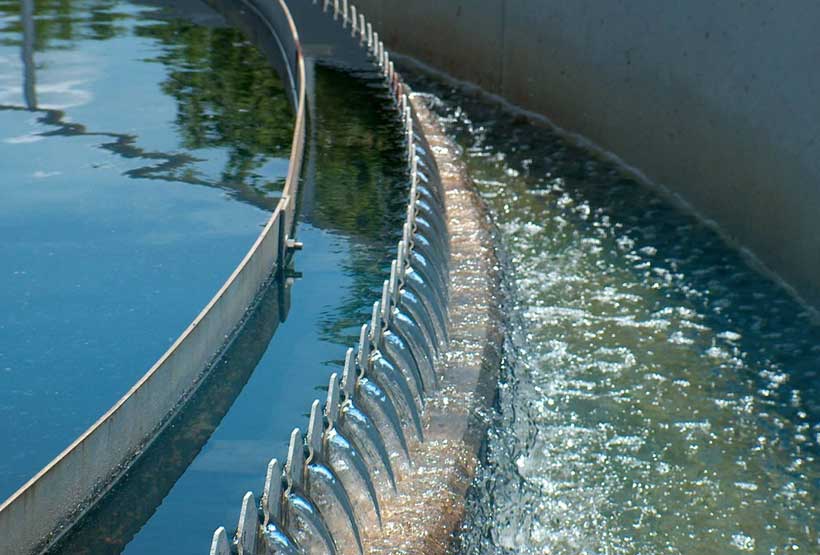The theme of this year’s World Water Day is “leave no one behind”, a salient theme for the IEA because of the importance our work places on achieving affordable and clean energy for all (SDG 7), but also because energy acts as an enabler of other SDGs, including access to clean water and sanitation for all (SDG 6).
Last year the World Energy Outlook integrated a water dimension into the IEA’s Sustainable Development Scenario (SDS) to better understand how much energy it might take to achieve SDG 6 and what role the energy sector could play.
This analysis found that while energy is essential to solving the world’s water problems, the amount of energy required to attain SDG 6 hardly moves the dial in terms of global consumption. Ensuring that 2.1 billion people have access to clean drinking water, 4.5 billion have safely managed sanitation, collecting and treating more wastewater and using water more efficiently adds less than 1% to global energy demand in the SDS in 2030.
It also found that it is much better to tackle these problems in tandem rather than in parallel as there are significant synergies between SDG 6 and SDG 7, which if tapped could accelerate progress on both goals.
For example, almost two-thirds of those who lack access to clean drinking water in rural areas also lack access to electricity. This opens up a range of potential opportunities to coordinate solutions and make progress on multiple SDGs at once.
This is because many of the technologies and solutions being deployed to provide electricity can also be used to provide access to water. Decentralised solar PV water pumps can replace more expensive diesel pumps or hand-pumps and mini-grids can power filtration technologies, such as reverse osmosis systems, to produce clean drinking water. While there are many solutions that do not require energy, its use can help increase the reliability and the amount of clean water available at a given point in time.
That said, providing access to clean water is just a start. Ensuring it is reliable, affordable and able to scale up to meet continued demand from rising standards of living and population growth is another challenge. So is moving beyond just a household level of access towards delivering access for productive uses, such as agriculture. In each case, the energy load is likely to grow.
As such, meeting these challenges and approaching water and electricity access in an integrated way may shift the emphasis away from off-grid solutions towards mini-grid or grid-connected solutions, especially where water services can provide an “anchor load” for power generation and assist with balancing and storage.
There is also another side to the story: waste can generate energy. Anaerobic digesters can be used to produce biogas from waste, which can then be used by households to displace the use of wood and charcoal. With proper planning and support, such solutions deployed in rural areas can ensure the safe collection, disposal and treatment of waste and contribute to the achievement of clean cooking for all, one of the targets of SDG 7. This has the potential to provide upwards of 180 million households with clean cooking fuel while also reducing indoor air pollution. We will be looking in detail at the potential for biogas in WEO 2019.
Beyond these synergies, it’s important to also highlight how achieving SDG 6 requires improving the way we manage and use water to ensure it is available when needed. While the energy sector’s share of total global water use today is relatively low – accounting for roughly 10% of total global withdrawals and 3% of consumption – there is room to further reduce demand. Water withdrawals for the energy sector in the SDS decline by 20% by 2030 from today’s levels thanks to a combination of energy efficiency, a move away from coal-fired power generation and greater deployment of solar PV and wind.
Getting the water and energy communities to coordinate efforts and financing has the potential to unlock significant progress on some of the most deep-rooted issues of our day: providing electricity, clean cooking, clean drinking water and sanitation to the billions of people who lack these today. This will require thinking and working together, innovative business models and cross-sectoral planning and regulation. There are no simple solutions, but exploiting these synergies can make a big difference for those currently left behind.


